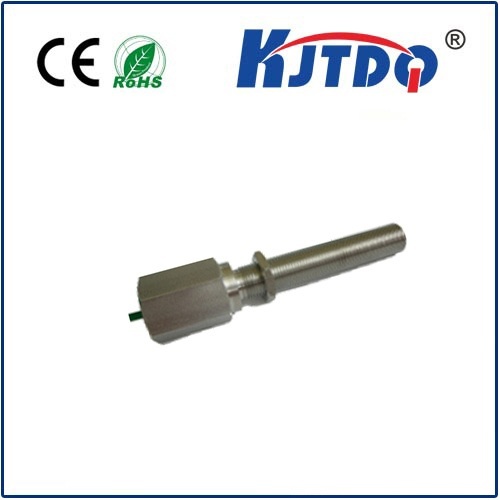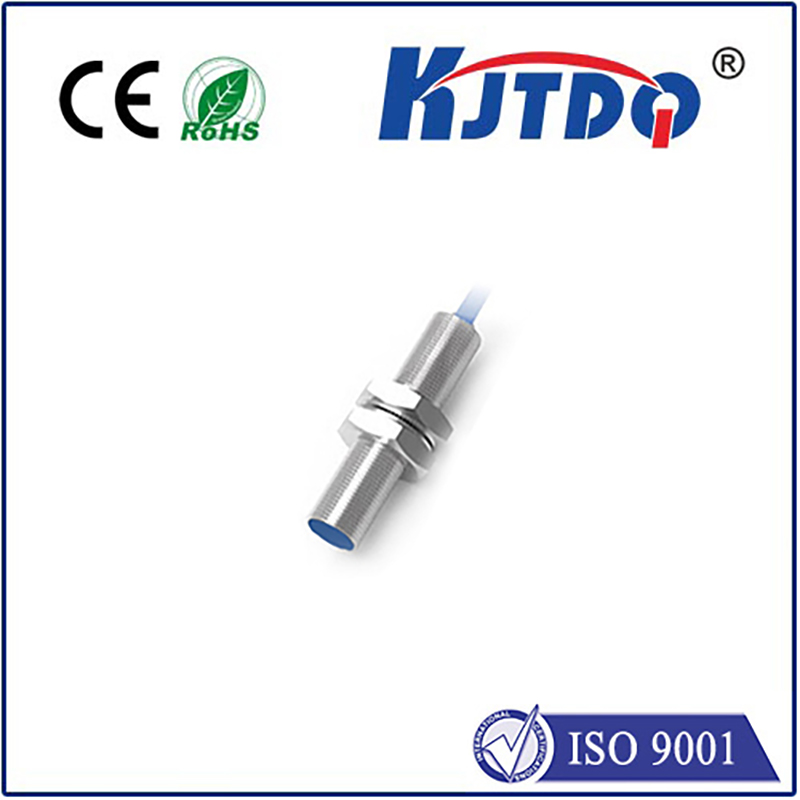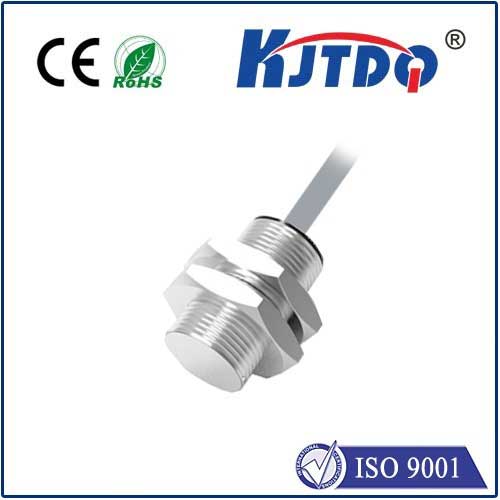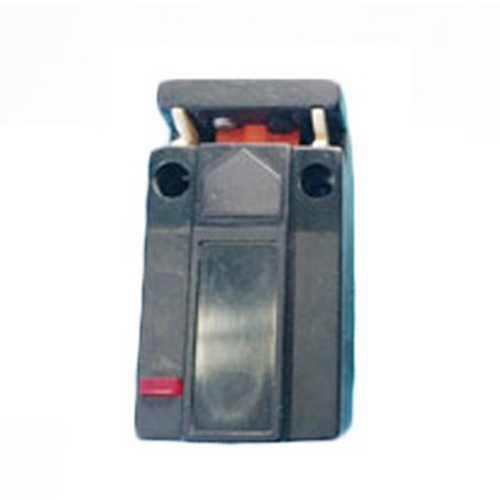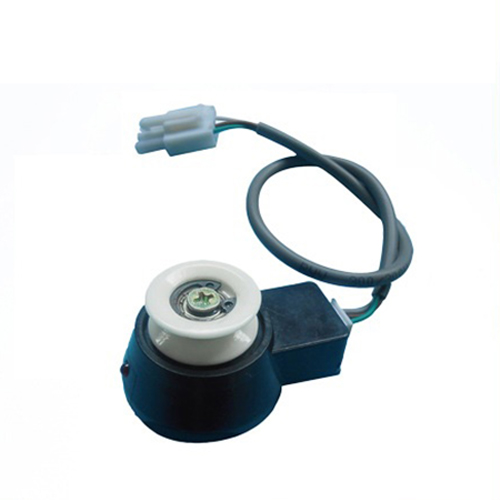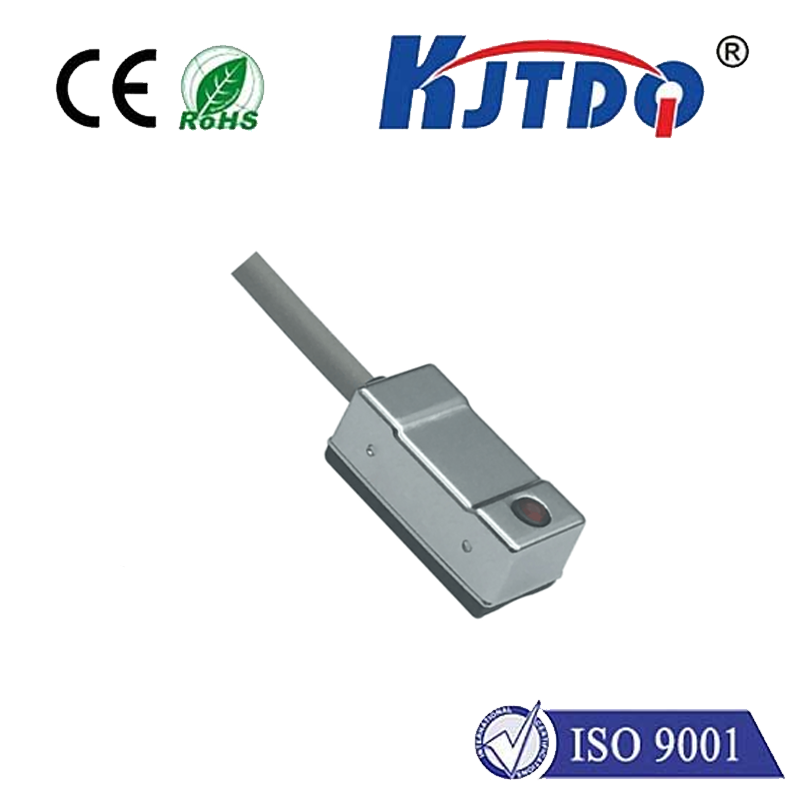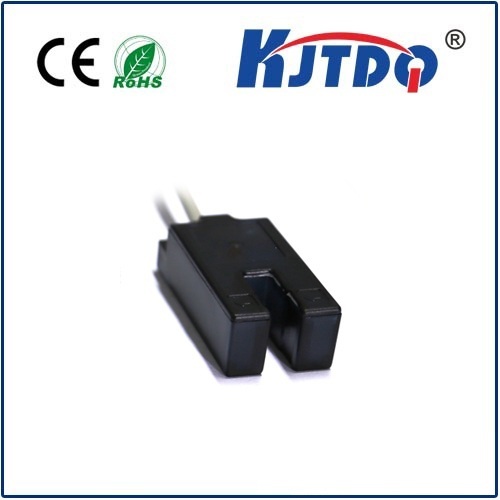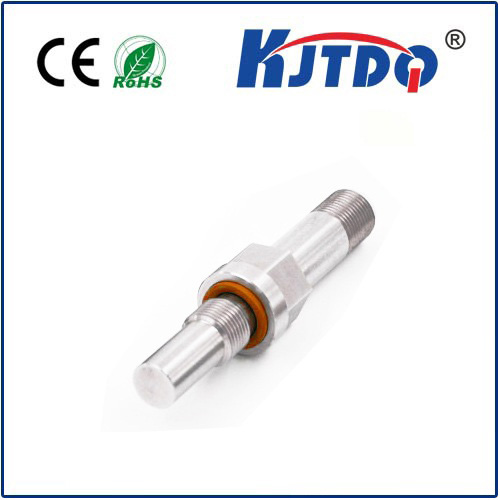

check

check

check

check
Imagine a high-speed bottling line where containers whizz past filling stations in a blur. Precision placement is critical, but physical contact means wear, tear, and costly downtime. This is where the unseen heroes of automation – proximity sensors – step in, performing flawlessly without ever touching their targets. Among the leaders enabling this silent reliability is Ruiheng. Ruiheng proximity sensors provide the non-contact detection that keeps countless industrial processes running smoothly, accurately, and efficiently.
What Exactly is a Proximity Sensor?
At its core, a proximity sensor is an electronic device designed to detect the presence or absence of an object without physical contact. Unlike mechanical switches that must bump against an object, proximity sensors operate electromagnetically (inductive type for metals) or electrostatically (capacitive type for materials including liquids, powders, or non-metals), or using photoelectric principles (light beams). Their fundamental job is to sense proximity – how close an object is – and convert that information into an electrical signal usable by control systems like PLCs (Programmable Logic Controllers). Ruiheng proximity sensors excel in providing this critical interface between the physical and digital worlds of automation.
Why Ruiheng Proximity Sensors Stand Out in Industrial Applications
Industrial environments are unforgiving. Think vibration, dust, moisture, temperature extremes, and electrical noise. Ruiheng proximity sensors are engineered explicitly to thrive under these demanding conditions. Several key features define their robustness and reliability:
Exceptional Sensing Performance: Ruiheng proximity sensors offer precise and repeatable detection. Models like the popular inductive sensors boast impressive detection ranges relative to their size. Whether it’s detecting a metal flag on a machine or monitoring piston position in a cylinder, Ruiheng sensors deliver unwavering accuracy.
Superior Durability: Encased in rugged materials like nickel-plated brass or PBT plastic, Ruiheng sensors often achieve high IP67 or IP68 protection ratings. This means they are highly resistant to dust ingress and can withstand immersion in water for extended periods – a critical feature for washdown areas in food processing or operations exposed to the elements. Their robust construction minimizes failures and maintenance needs.
High-Speed Operation: In applications demanding rapid response, such as counting small parts on high-speed conveyors or verifying component presence in assembly lines, response times measured in microseconds become crucial. Ruiheng proximity sensors are designed for fast switching, capable of reliably handling thousands of detections per minute without missing a beat.

Electrical Resilience & Stability: Industrial settings are rife with electrical interference from motors, drives, and power lines. Ruiheng proximity sensors incorporate advanced circuitry featuring high immunity to electrical noise. This translates to fewer false triggers and consistent, reliable signaling even in electromagnetically noisy environments. Stability over wide operating voltage ranges also ensures consistent performance despite minor power fluctuations.
Integrated Protection: Ruiheng proximity sensors typically include built-in safeguards like reverse polarity protection and surge protection. These features shield the sensor from accidental wiring errors or voltage spikes, significantly enhancing longevity and reducing installation errors.
Powering Key Industrial Processes with Non-Contact Detection
The versatility of Ruiheng proximity sensors makes them indispensable across a vast spectrum of industries. Their applications are virtually limitless, but some key examples illuminate their critical role:
Manufacturing Automation: Monitoring component positions on CNC machines and robotic arms, confirming workpiece clamping, controlling spindle orientation, detecting tool breakage, verifying parts on pallets, and setting limits on linear slides. Their non-contact nature prevents damage to machinery components during repeated operations.
Material Handling & Packaging: Counting bottles, cans, or packages on high-speed conveyor lines, detecting the presence of cartons for labeling or sealing, controlling sorting gates, and monitoring stack heights. Ruiheng proximity sensors ensure precise position control for efficient operations.
Automotive Production: Verifying door, hood, or trunk closure on assembly lines, confirming seat position for airbag system enabling, detecting piston position within cylinders, and monitoring robotic weld gun positions. Reliability here is non-negotiable for safety and quality.
Food & Beverage Processing: Detecting fill levels in tanks or hoppers (capacitive sensors), confirming cap presence on bottles, monitoring conveyor belt indexing, and sensing metal contaminants within product streams (specialized inductive models). Hygienic designs and high IP ratings are essential for wash-down environments.
Machinery Safety: Providing position feedback for machine guards (confirming a guard is closed before operation), detecting end-of-travel positions on moving elements, and ensuring components are correctly seated, contributing to overall operator safety.
Choosing the Right Ruiheng Proximity Sensor
Selecting the optimal Ruiheng proximity sensor requires careful consideration of several factors:
Ensuring Peak Performance and Longevity
Maximizing the reliable operation and lifespan of Ruiheng proximity sensors depends on proper installation and care. Adhere strictly to Ruiheng’s installation guidelines, ensuring correct clearance for the sensing field and avoiding metallic mounting surfaces that could interfere with inductive sensors. Use cables with appropriate shielding and routing to minimize electrical noise susceptibility. While incredibly robust, regular visual inspections to check for physical damage or contamination buildup are prudent. Cleaning sensor faces carefully with compatible solutions helps maintain optimal performance, particularly in dirty environments.
The Foundation of Modern Automation
Ruiheng proximity sensors represent far more than just components; they are fundamental enablers of efficiency, safety, and precision in the industrial world. By providing fast, reliable, and completely wear-free object detection without physical contact, these sensors solve critical challenges across diverse sectors. In harsh conditions where reliability is paramount, Ruiheng proximity sensors consistently deliver. Their robust construction, resilience to interference, and dependable performance make them a cornerstone technology, silently ensuring machines operate flawlessly, production lines keep moving, and safety systems function as designed. Choosing Ruiheng proximity sensors means investing in the operational backbone of automation.

